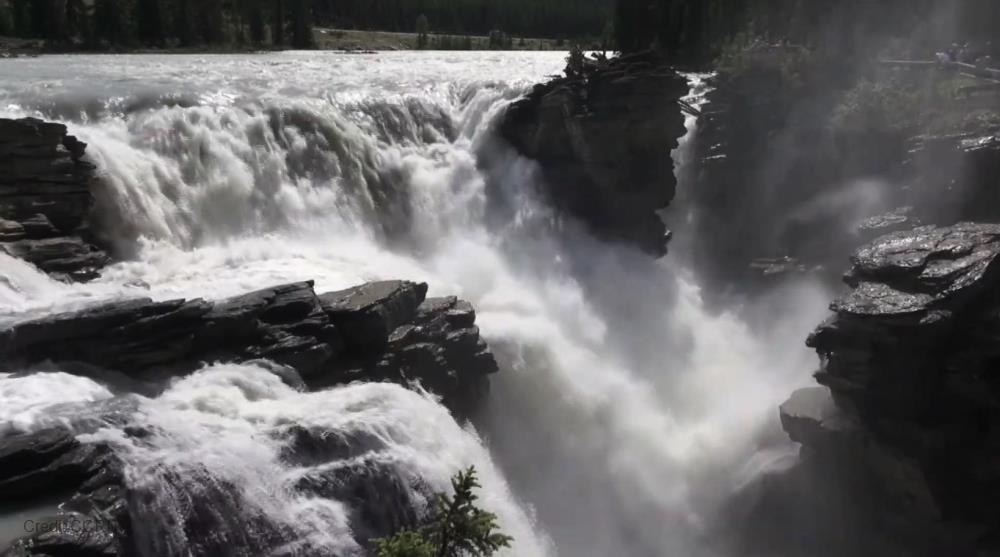
Related items loading ...
Section 1: Publication
Publication Type
Journal Article
Authorship
Lv, Z., & Pomeroy, J. W.
Title
Detecting intercepted snow on mountain needleleaf forest canopies using satellite remote sensing
Year
2019
Publication Outlet
Remote Sensing of Environment, 231, 111222
DOI
ISBN
ISSN
Citation
Lv, Z., & Pomeroy, J. W. (2019). Detecting intercepted snow on mountain needleleaf forest canopies using satellite remote sensing. Remote Sensing of Environment, 231, 111222.
Abstract
Snow interception in cold regions needleleaf forest canopies is a crucial process that controls local snow accumulation and redistribution over >20% of the Earth's land surface. Various ground-based methods exist to measure intercepted snow load, however all are based on single-tree measurements and are difficult to implement. No research has focussed on detecting large areal intercepted snow loads and no studies have assessed the use of satellite observations. In this study, four remote sensing indices (NDSI, NDVI, albedo, and land surface temperature (LST)) were retrieved from Landsat images to study their sensitivity to canopy intercepted snow and the possibility of using them to detect the presence of intercepted snow. The results indicate that presence of intercepted snow on canopy increased NDSI and albedo, but decreased NDVI. Intercepted snow presence also decreased the areal variability of NDSI and NDVI while increasing that of albedo. For these three indices, the differences between snow-free and snowcovered canopies were correlated to topography and forest canopy cover. Of these indices, NDSI changed the greatest. Intercepted snow noticeably decreased the LST difference between forest and open areas in springtime while the influence in wintertime was relatively smaller. An intercepted snow detection approach that uses both NDSI and NDVI to classify pixels into either snowcovered canopy or other (snow-free canopy and non-forest areas) is proposed here. A case study applying this approach compared remote sensing detection to simulations by the snow interception and sublimation model implemented in the Cold Regions Hydrological Modelling platform (CRHM). This used local meteorological observations from the pine, spruce and fir forest covered Marmot Creek Research Basin in the Canadian Rockies. The remote sensing detection of intercepted snow agreed well with CRHM simulations for continuous forests (83%) and less well for sparse forests (72%) and clearings with small trees (70%). Therefore, the approach is suitable for intercepted snow detection over continuous evergreen canopies. This technique provides a new capability for large-scale snow interception model validation and data assimilation to cold regions hydrological forecasting models.
Plain Language Summary


 GWFNet
GWFNet Master
Master Data
Data Research
Research Map
Map
 Advanced
Advanced Tools
Tools
 . . .
. . .
 Metadata Editor
Metadata Editor
 Record List
Record List
 Alias List Editor
Alias List Editor
 Legacy sites
Legacy sites